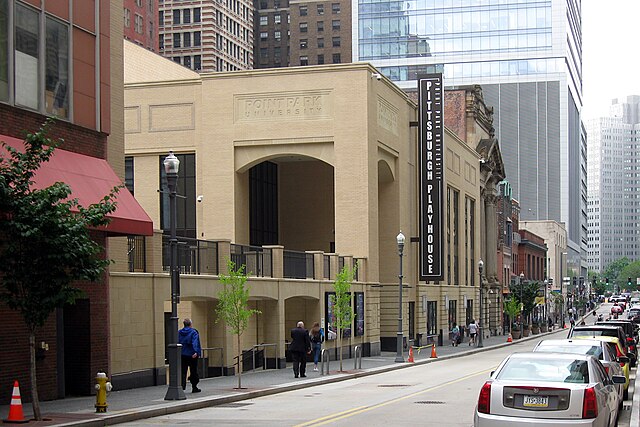
Everything in the Frick Building is gleaming white marble, with just enough accents to keep the interior from becoming entirely invisible. Above, the staircase at the Grant Street entrance. Below, the revolving doors and clock at the Grant Street entrance.


The lobby is shaped like a T, with a hall from the Grant Street entrance ending at the long hall from Forbes Avenue to Fifth Avenue, seen here from the Forbes Avenue entrance.

Even Henry Frick himself is gleaming white marble, rendered by the well-known sculptor Malvina Hoffman in 1923.










